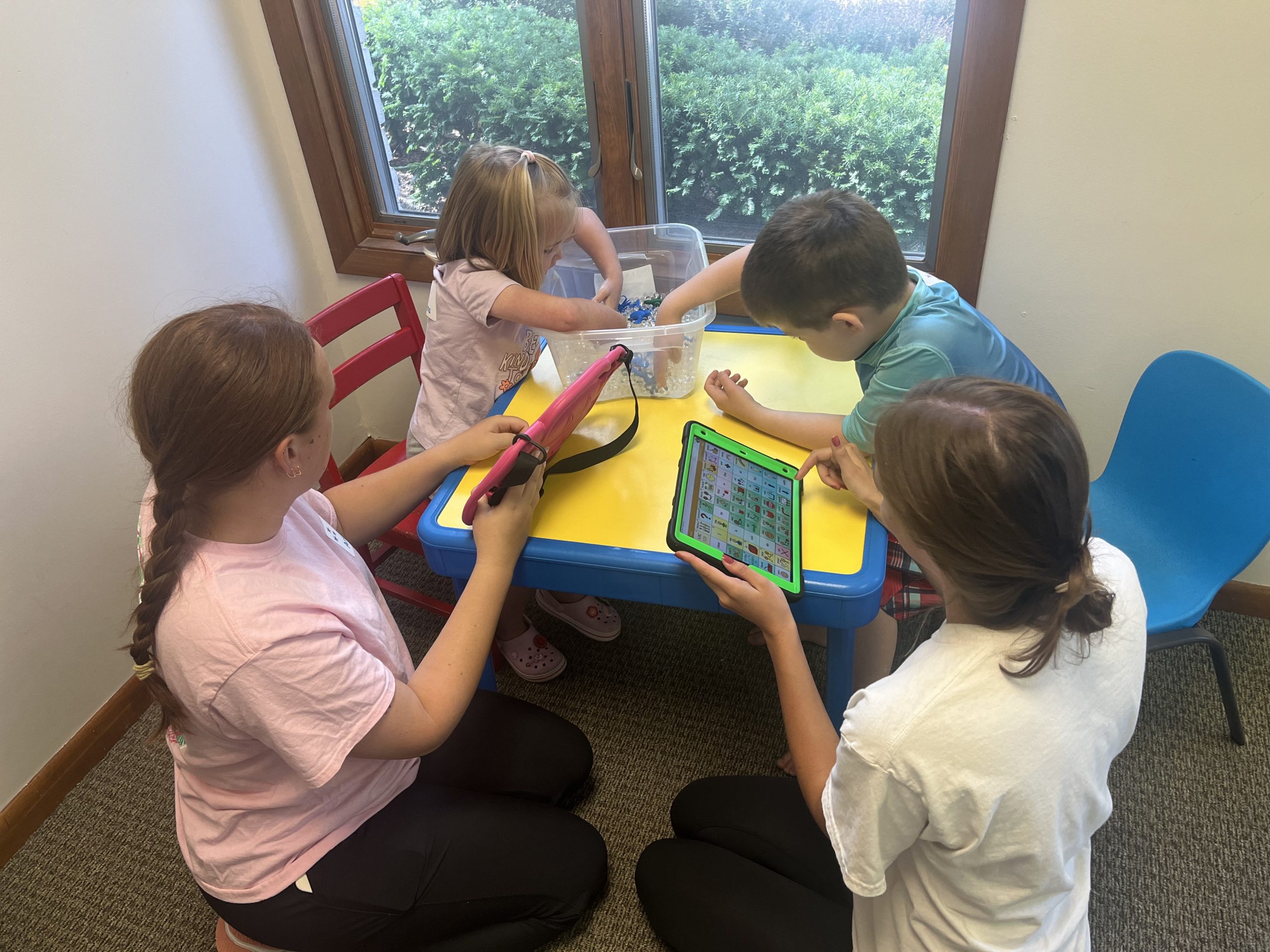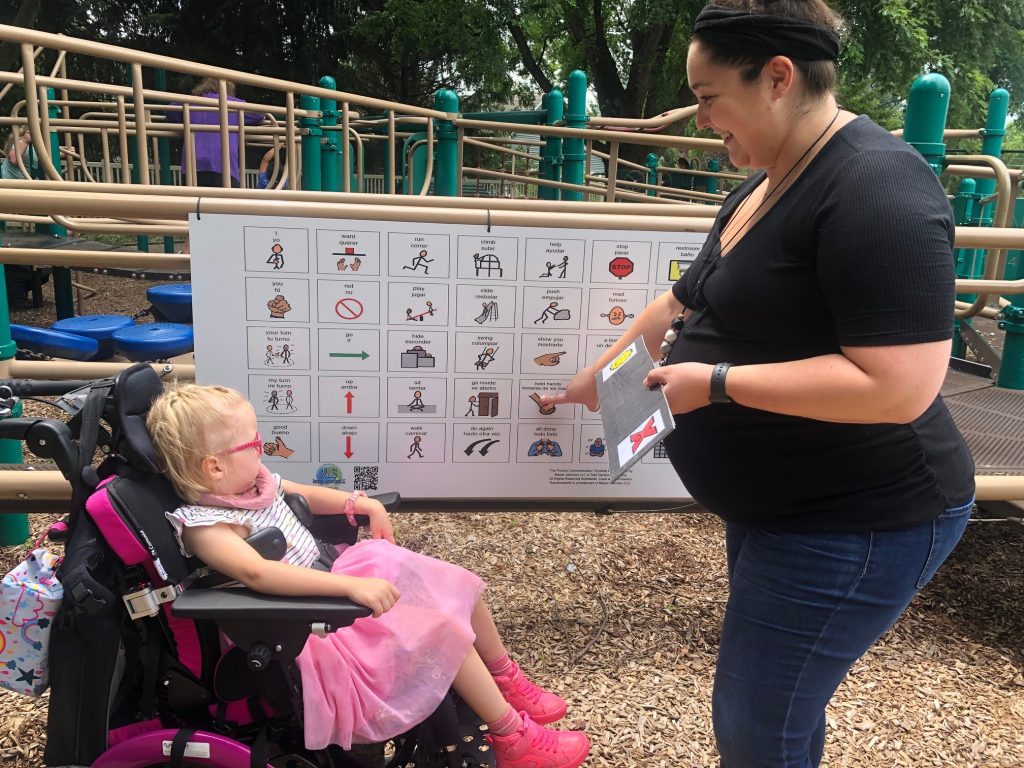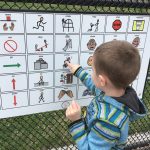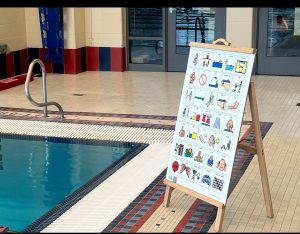
When it comes to supporting individuals who use Augmentative and Alternative Communication (AAC), there’s no one-size-fits-all approach. Whether you’re a parent, caregiver, teacher, or friend, understanding how to create an inclusive and supportive environment can make a world of difference for AAC users of all ages.In this post, we’ll share five practical tips for supporting AAC users, along with helpful resources to deepen your understanding and boost your confidence.
Embrace Consistent Modeling
Modeling AAC use is one of the most powerful ways to encourage communication. Whether the AAC system is a high-tech device or a low-tech communication board, modeling involves demonstrating how to use the system in everyday interactions. When you point to symbols, use the device to form sentences, or incorporate it into routines, you show the AAC user that this is a valid and valuable method of communication.
Tips for Consistent Modeling:
- Use the AAC system naturally throughout the day, not just during structured “therapy” time.
- Model mistakes and repairs—this shows that communication doesn’t need to be perfect.
- Involve siblings, peers, and other family members in modeling to reinforce AAC use.
For more on modeling, visit PrAACtical AAC.
Create Opportunities for Communication
For AAC users, creating opportunities to communicate is key. Sometimes, the world around them is too fast-paced, or others may anticipate their needs without asking. By slowing down and offering chances for communication, you can empower AAC users to express themselves more freely.
Ideas to Encourage Communication:
- Offer choices throughout the day (e.g., “Do you want an apple or a banana?” while pointing to the symbols).
- Pause during activities and give the AAC user a chance to respond.
- Create predictable routines where AAC use is encouraged, like mealtime or playtime.
Be Patient and Wait
Processing time can vary greatly among AAC users. When asking a question or expecting a response, it’s important to provide ample time for them to find and select the appropriate symbols or words. Waiting patiently also reduces pressure, making communication a more positive experience.
How to Practice Patience:
- Count silently to 10 before repeating a question or prompt.
- Use a calm and encouraging tone.
- Celebrate attempts at communication, even if the response isn’t what you expected.
Personalize the AAC System
No two AAC users are alike, so their communication systems shouldn’t be either. Customizing a communication board or device with familiar and meaningful symbols can significantly boost engagement. Whether it’s favorite foods, hobbies, or names of family members, personalization makes communication more relevant and effective.
Tips for Personalization:
- Regularly update the board to reflect changing interests and experiences.
- Involve the AAC user in the customization process when possible.
- Use photos, symbols, or text that match the user’s cognitive and developmental level.
For customizable low-tech communication boards, check out Lakeshore Speech, LLC.
Encourage All Forms of Communication
AAC is just one piece of the communication puzzle. Many AAC users also use gestures, facial expressions, vocalizations, or sign language. Validating all these methods helps to build confidence and promote more robust communication skills.
Ways to Encourage Multi-Modal Communication:
- Respond positively to any attempt to communicate, regardless of the method.
- Pair verbal language with AAC use to reinforce learning.
- Provide opportunities for play and social interaction that encourage expressive communication.
Supporting AAC users is a journey filled with learning and growth—for everyone involved. By embracing these tips and creating a welcoming, patient, and communicative environment, you can help AAC users of all ages find their voice and thrive.









